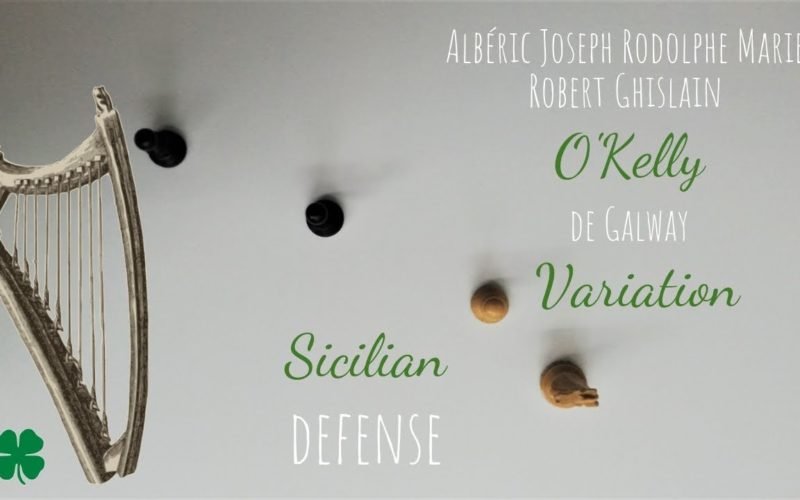The O’Kelly Sicilian is a seldom used line (and perhaps for good reason) which doesn’t give black too much out of the opening.
It was named after a Belgian grandmaster with a remarkable name – Albéric Joseph Rodolphe Marie Robert Ghislain O’Kelly de Galway (I guess his ancestors must have been from Galway; Ghislain is actually an old Germanic name that means “oath”, and it was used in the Celtic world). It’s an opening which doesn’t challenge white as much as the main lines such as the Najdorf or the Dragon. It is perhaps an attempt to confuse the e4 player and get him out of his opening preparation, but most strong players should and will be prepared to punish it and gain a slight edge.
The O’Kelly Variation will inevitably lead to one of the following: it will either give white an edge or transpose to the Alapin, the Najdorf or the Kan. I would recommend the former.
Here are the three variations which could occur by transposition after the opening moves of the O’Kelly (1.e4 c5 2. Nf3 a6). Check them out to get a better understanding of the opening.
The Alapin: https://youtu.be/VGP0qWscORM
The Najdorf: https://youtu.be/BPg1bSeJYNg
The Kan: https://youtu.be/9CxgfDX44Ug
I mainly recorded this video to prepare fellow e4 players for the uncommon variation that is the O’Kelly. However, it’s not a bad choice for black. It’s just not the best. Especially if white falls into the common trap of responding to 2…a6 with the tempting 3.d4, which could lead to a world of pain and a superior position for black.
#chess #SicilianDefense

